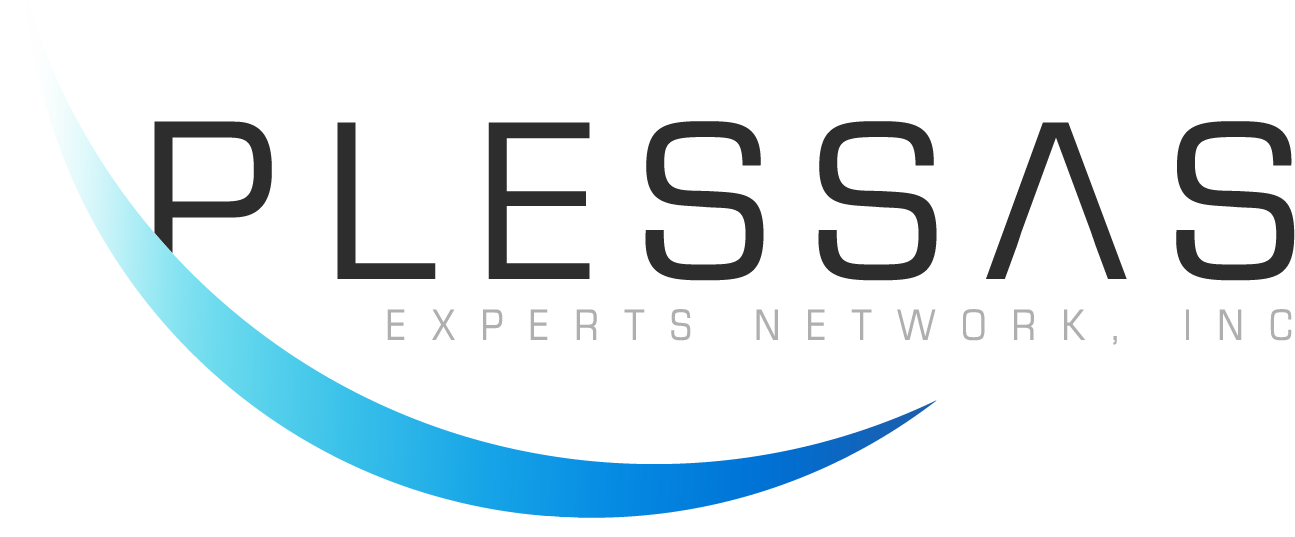Tracking the Ad Trackers for OSINT OPSEC and Investigations
Sarah Womer shows how to identify trackers on a website and use them in investigations.
On Sharing Information on Social Media
Sarah Womer shares some thoughts on when and how to share information online.
Interning with Plessas Experts Network
Up until now, the intern program at Plessas Experts Network has been very informal. We have enjoyed the work of our fantastic interns and their contributions have helped our clients tremendously. We’ve recently gotten an influx of requests for internship, so it’s time to publicize what we require and expect from our interns and the benefits of interning with us.
Alec Miller reviews Spiderfoot for beginners.
Occasionally we will take on interns. We generally have them take on a tool or methodology and learn it and explain it to people who have never used the tool before. This summer, Alec Miller, now a sophomore at Arizona State University, took on three tools and gave us his notes.
On Facebook Searching
While Facebook Search appears to be as simple as plugging terms into the search field, the functionality of this search tool has long been complicated by apparent limitations of the results this search method produces. Facebook is a social network filled with vast data; much more information available than a basic search will yield.

